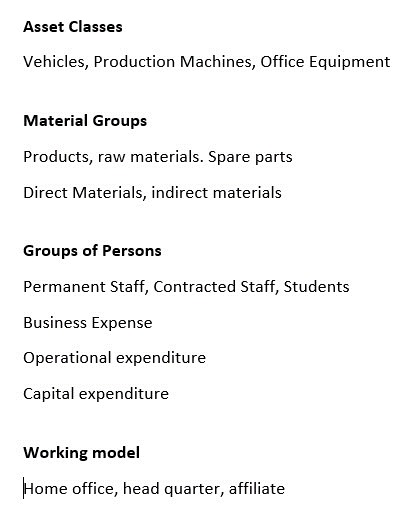SAP Business Technology Platform (BTP) is a suite of cloud-based platform-as-a-service (PaaS) offerings from SAP. BTP provides a variety of runtime environments for running applications, including:
SAP BTP, Cloud Foundry environment:Â This is a popular runtime environment for running Java, Node.js, and Python applications.
SAP Business Technology Platform (BTP), ABAP environment:Â This is a runtime environment for running ABAP applications.
SAP BTP, Kyma runtime:Â This is a runtime environment for running Kubernetes-based applications.
In addition to these runtime environments, BTP also provides a number of other services, such as:
Database services:Â BTP provides a variety of database services, including SAP HANA, MySQL, and PostgreSQL.
Messaging services:Â BTP provides a variety of messaging services, such as SAP Cloud Platform Integration and SAP Cloud Platform Event Mesh.
Storage services:Â BTP provides a variety of storage services, such as SAP Cloud Platform Object Storage and SAP Cloud Platform File Storage.
BTP is a comprehensive platform that provides a variety of services for running applications and managing data. The different runtime environments available in BTP allow you to choose the right environment for your specific needs.
 SAP BTP supports multiple runtime environments for different purposes and skill sets. A runtime environment is any runtime that hosts applications and services. An SAP BTP environment provides integration into the SAP BTP account model, cockpit, and permissions management10. The following are the runtime environments that SAP directly supports on SAP BTP:
SAP BTP, Cloud Foundry environment: This environment allows you to create polyglot cloud applications in Cloud Foundry. It supports various programming languages, such as Java, Node.js, Python, Go, and PHP. It also provides a code-to-container packaging and deployment model, platform-managed application security patching and updates, automatic application routing, load balancing, health checks, and multilevel self-healing. It also supports the Cloud Application Programming Model (CAP), which is an opinionated framework for developing business applications.
SAP Business Technology Platform (BTP), ABAP environment: This environment allows you to create ABAP-based cloud applications within the Cloud Foundry environment. It supports the ABAP programming language and the ABAP RESTful Programming Model (RAP), which is a framework for developing RESTful services and user interfaces. It also provides an integrated development lifecycle and enables you to reuse existing on-premise ABAP assets.
SAP BTP, Kyma runtime: This environment provides a fully managed cloud-native Kubernetes application runtime based on the open-source project “Kymaâ€. It supports various programming languages and models, such as Node.js, Python, Go, Java, CAP, and serverless functions. It also provides a built-in service mesh, eventing framework, API gateway, service catalog, and service binding capabilities. It enables you to develop highly scalable, microservice-based applications and user-centric process extensions.
Verified References:Â 10: https://help.sap.com/docs/btp/architecture-and-development-guide-for-industry-cloud-solutions/runtimes-environments-and-programming-models | : https://help.sap.com/docs/btp/sap-business-technology-platform/environments




